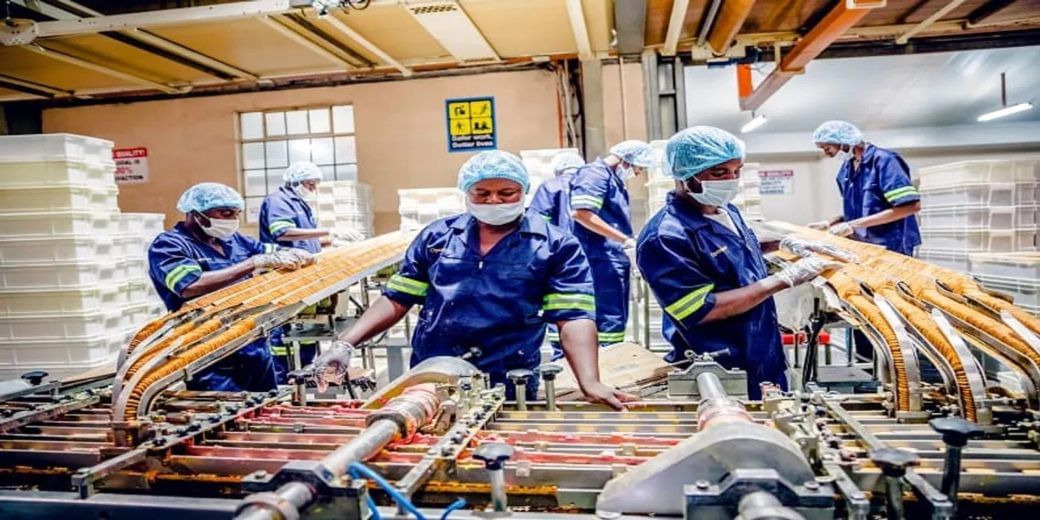Economists record requiem for pent-up demand, especially in goods
With Reserve Bank of India prioritising inflation control, tight monetary conditions might define the foreseeable future and this may keep demand in check

This can easily be the most unpalatable information in festive times. Economists are reading signals in emerging data that pent-up demand fuelled by savings made during the pandemic panic is beginning to peter out in the goods sector. However, the party might last for some more time for services, The Economic Times has reported.
Worse, with Reserve Bank of India prioritising inflation control, tight monetary conditions might define the foreseeable future and this may keep demand in check. Interest rates are likely to remain in the elevated zones for some time now.
Chief economist of HDFC Bank, the biggest private sector lender in the country, Abheek Barua thinks it is a reflection of the forces of inequality at play. “Inequality is playing out. Wherever there has been recovery it’s either been heavily biased towards the more affluent and upper-middle tiers or where it has been mass-based, there has been downtrading. This is a sign that your pent-up demand has petered out already,” he told the newspaper.
The HDFC economist used the word downtrading to indicate that in order to cut expenditure consumers are either moving to smaller pack sizes or choosing less costly brands altogether.
FMCG brands that often are the first to benefit from recovery of consumer spending also echoed Barua.
Nestle chairman Suresh Narayanan said, “We are seeing that both premiumisation and downtrading is playing out. On the one hand, there is pressure on household budgets among some sets of consumers. On the other hand, Indian consumers, particularly those in urban areas, have not hesitated to invest in budget-friendly treats such as chocolates and biscuits.”
To respond to this new trend in the market, Nestle India has come up with packs that are priced between Rs 10 and Rs 25. Narayanan calls them “bridge packs”.
Chief economist of ICRA, Aditi Nayar is also pretty certain about the drying up of pent-up demand. “Demand for some goods like lifestyle items may be high for higher income groups, taking a bigger share of wallets. But the pent-up component in many sectors has been done away with,” she remarked.
“The pent-up demand seen in 2022 has diluted considerably in 2023. The fall in output of mobiles/telephones does come as a surprise as this means that demand may be getting saturated,” said Bank of Baroda chief economist Madan Sabnavis.
Managing director and head of EM Asia (ex-China) economics, Barclays, Rahul Bajoria thinks urban India has recorded better consumption than the rural sector, which can only consume more if the kharif harvest is good. Though overall demand witnessed a 14-month high in August – at 10.3% — industrial production data exhibits a slowdown of demand. In fact, in the April-August period of this year, the growth in consumer durable was 1% down compared to the same period last year.
Mayank Shah, senior category head at Parle Products, said, “Volume growth remains a challenge, and whatever growth is happening now is because of prices – the industry has seen more price-led growth rather than volume growth.”
The growth in production of consumer durables which stood at 7.2% in April 2022 has come down to 5.7% in August 2023.
Among the categories that have shown a dip in the growth of production figures are refrigerators (51% in April-August 2022 to -2.5% in April-August 2023), washing machines (40.5% to 2.7%), LED/LCD monitors (168.5% to 0.4%), storage batteries (14.5% to 0.8%), mobiles/telephones (29.2% to -20.1%), readymade garments (19.3% to -16%), ACs (93.8% to 0.9%), televisions (12.2% to -2.6%).
In such an overall scenario, urban Indians might just help the demand figures to keep pulling along. “Overall momentum in private financial consumption expenditure or PFCE seems steady going by the high-frequency indicators (albeit skewed more in favour of urban consumption,” said Bajoria, the expert from Barclays.
Download Money9 App for the latest updates on Personal Finance.
Related
- अहमदाबाद हवाईअड्डे के पास एअर इंडिया का विमान दुर्घटनाग्रस्त
- 80% of medical colleges not meeting minimum standards of regulator
- Delhi-NCR improves realty health, unsold stock down 57% in 5 years
- Govt gets a Rs 2.1 lakh cr cheque from RBI
- Vistara operations have stabilised: CEO
- Small savings rates left unchanged. Know the rates here.

